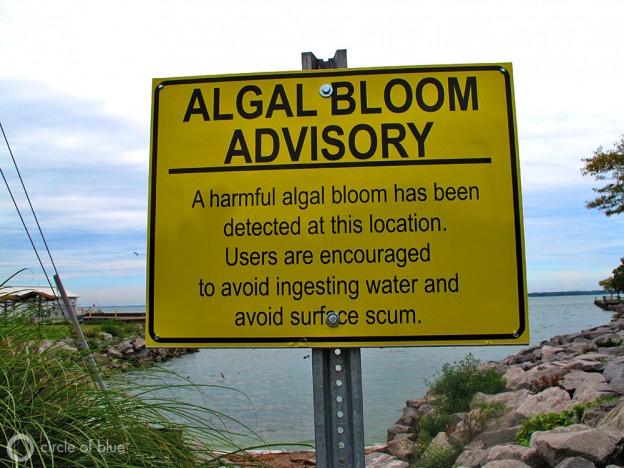
myFOXla.com: Residents in a number of inland areas are dealing with some seriously stinky water, the result of a summer algae bloom in a state reservoir.
Silverwood Lake, the highest elevation reservoir in the state water project is suffering from an abundance of blue-green algae caused by warmer temperatures, possibly the result of global climate change.
The algae makes the water from the reservoir smell and taste musty during the heat of summer, according to the Metropolitan Water District.
Affected areas include Claremont, La Verne, Walnut, Diamond Bar, Rowland Heights, Upland, Chino, Chino Hills, Rancho Cucamonga, Fontana, Riverside, Corona, Norco, Eastvale, Jurupa Valley, Lake Elsinore, Hemet, Perris, Murrieta and Temecula.
The MWD says there is no health risk from drinking the water, although it may be somewhat unpleasant.
The Department of Water Resources is planning to spot treat the reservoir this Thursday and Friday with a form of hydrogen peroxide which will neutralize the overgrowth.
While the water is safe to drink, some water agencies are recommending refrigerating the water to get rid of some of the nasty smell and taste.
What Are the Effects of Algae In Your Water?
Blue-green algae, otherwise known as cyanobacteria or “pond scum,” are microscopic organisms that thrive in pools of standing water when exposed to sunlight during the warmer months of the year. Although they are not typically seen in homes, they are common in ponds and other standing bodies of water. Unfortunately in this case, they have thrived in the reservoir from which we get our drinking water.
our drinking water.
Visible Effects
-
Algae can cause drinking water to change color, but in most cases it is undetectable. Only in extreme situations will the blue-green or yellowish-brown tint of an algae infestation become visible in faucet water. Algae-infested water may also produce scum.
Smell Test
-
Algae in drinking water don’t give off an odor until the problem is quite severe. In such situations, according to the government of New
 Brunswick, it will smell like freshly cut grass; in extreme cases, it will cause drinking water to smell like sewage or garbage.
Brunswick, it will smell like freshly cut grass; in extreme cases, it will cause drinking water to smell like sewage or garbage.
Health Effects
-
While not all algae produce toxins, it is not easy to tell the nontoxic type from the more dangerous algae. Toxic chemicals released by algae can lead to a number of health problems. If too much is ingested, it can kill animals. According to the Florida Department of Environmental Protection, humans who drink water poisoned by algae toxins can experience a litany of health issues
 . This includes long-term problems with the liver, digestive and nervous systems, including liver cancer. Other issues that can come up include headaches, sore throat, fever, vomiting and diarrhea. Contact
. This includes long-term problems with the liver, digestive and nervous systems, including liver cancer. Other issues that can come up include headaches, sore throat, fever, vomiting and diarrhea. Contact with the algae toxins on the skin can lead to hives and rashes.
with the algae toxins on the skin can lead to hives and rashes.
Check out our Aura H2O Water Filter which can remove
out our Aura H2O Water Filter which can remove these harmful microorganisms from your
these harmful microorganisms from your drinking water. Our filter uses a 14-step, 3 phase filtration technology that removes the contaminants and remineralizes your water, producing the certified healthiest water possible.
drinking water. Our filter uses a 14-step, 3 phase filtration technology that removes the contaminants and remineralizes your water, producing the certified healthiest water possible.
Source: Ehow


